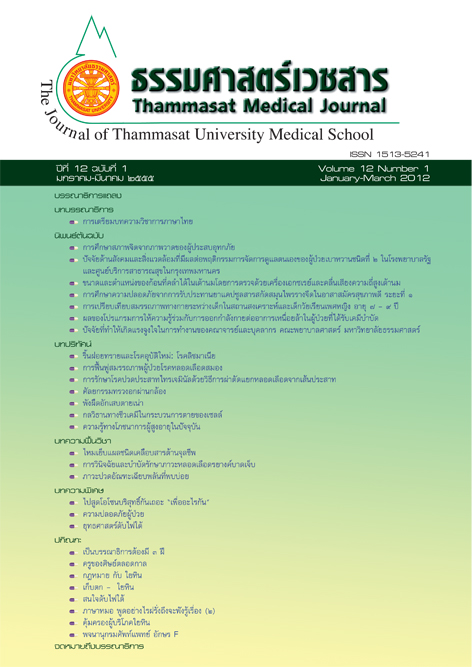Comparison of Physical Fitness Levels among Girls in Child Welfare and School Children Aged 7-9 Years
Keywords:
Physical fitness, Child welfare, Physical activityAbstract
Children with a good physical fi tness affect to their ability to perform physical activities and well-being of children in the future. Previous studies found that environmental and lifestyle patterns have different effects on physical fi tness.This study to compare physical fitness among girls in child welfare and school children aged 7-9 years. Participants were 47 females of child welfare and 42 females of school children. Participants in this study receive a questionnaire, body mass index measurement and physical fi tness test. It found that sit & reach and standing broad jump test in school children were lower than child welfare. Sessions of sit-up 30 seconds and time of run 50 meter sprint test in school children were higher than child welfare. In conclusion, girls in child welfare have good physical fitness in fl exibility and muscular strength. School children have good physical fitness in endurance of abdominal muscle and speed. Therefore all children should be developed for appropriate physical fitness to enhance proper development and prevent health problems in the future.
Key words: Physical fitness, Child welfare, Physical activity


